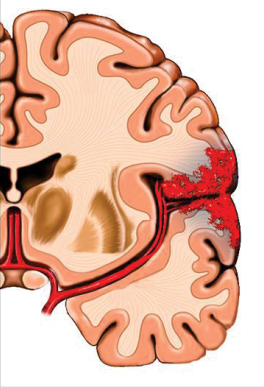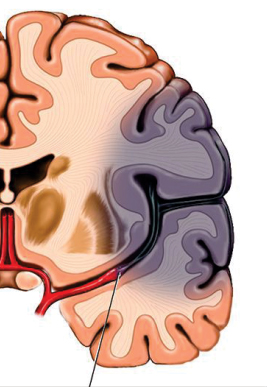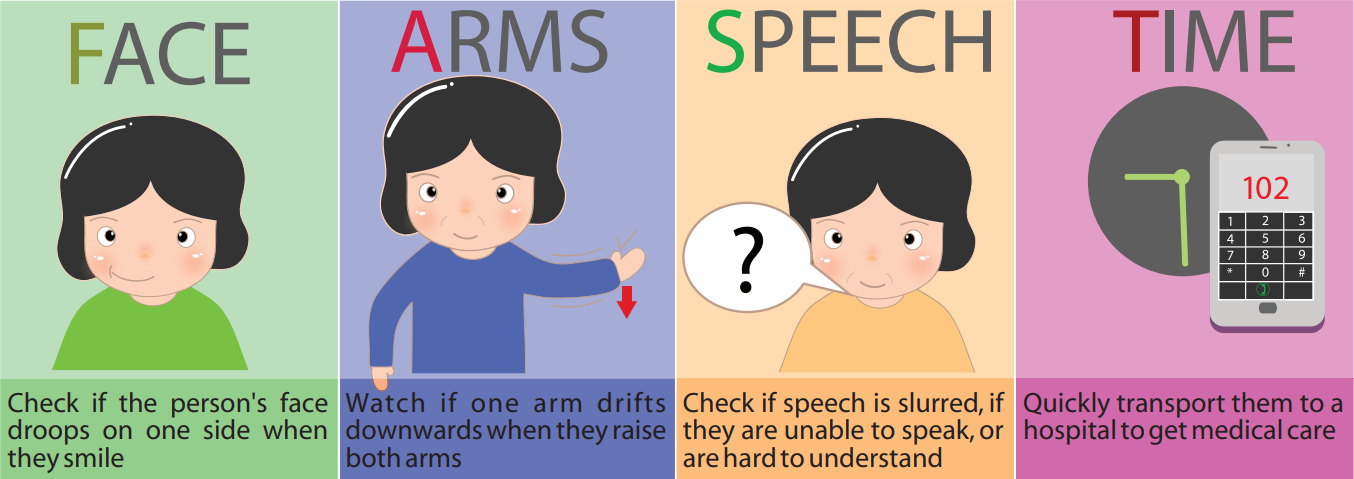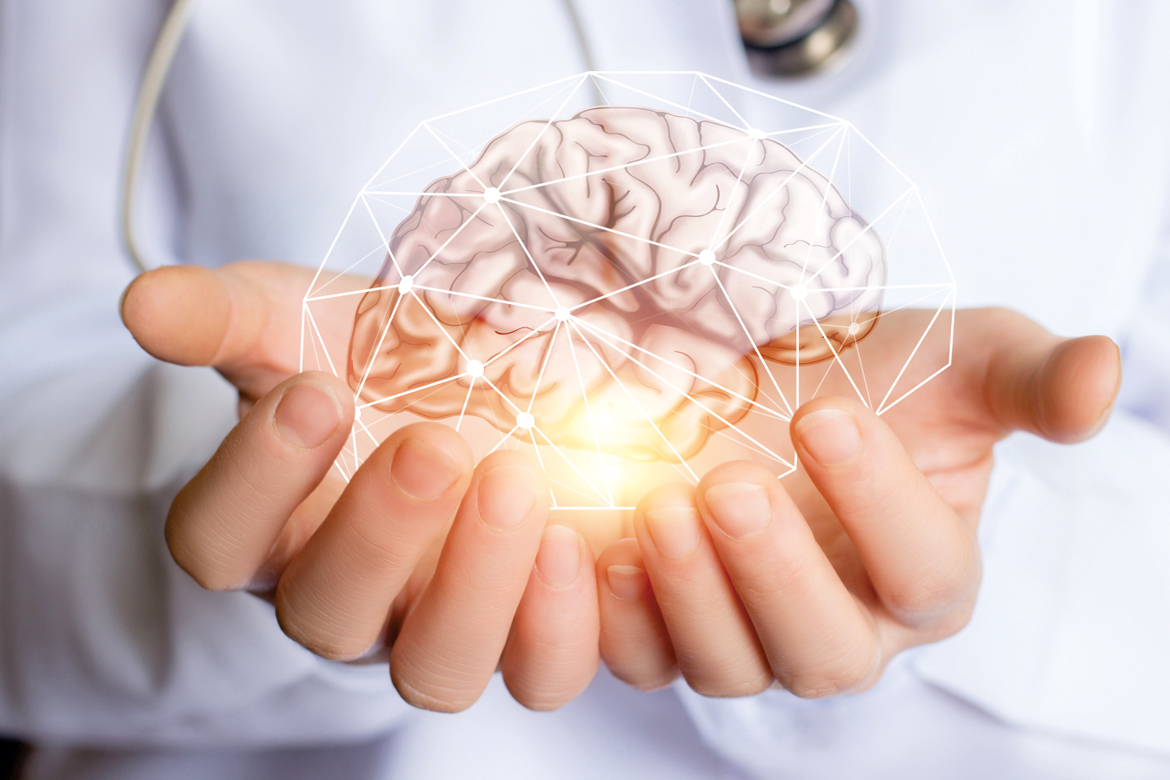Whether you call it a stroke, paralytic attack or brain attack, experiencing a stroke is a grave situation.However, if you know the essentials of a stroke the damage it does to the human body can be minimised allowing the victim to return to routine life. A stroke occurs when an artery supplying blood to your brain gets blocked by a clot or if the artery bursts.As a result, the brain cannot get adequate blood and oxygen.This damages a portion of the brain and the parts of the body it controls get weak or paralysed.
Types of Stroke

A clot blocks blood flow to an area of the brain

Bleeding occurs inside
or around brain tissue
- An ischaemic stroke is the most common, where a blood clot blocks an artery in the brain.
- A haemorrhagic stroke is rarer and happens when an artery in the brain bursts. This causes bleeding in or around the brain. Possible reasons for this type of bleeding are
– Rupture of an artery due to high blood pressure
– Rupture of an abnormal tangle of blood vessels called an arteriovenous malformation
– Rupture of a small ballooning,a.k.a.an aneurysm, of an artery in the brain - A transient ischaemic attack or a mini stroke happens when a small clot blocks an artery for short period,causing brief paralysis
Symptoms of a Stroke
Your right brain (RB) controls the left side of the body and your left brain (LB) controls the right side of the body as a result,the symptoms of a stroke occur in the following order:
- Weakness of face,arm,leg on one side (LB)
- Numbness of face,arm,leg on one side (LB)
- Slurred speech or loss of speech (RB)
- Loss of balance or coordination (LB)
- Double vision or loss of vision (RB)
- The worst headache in your life (RB)
- Giddiness with any of the symptoms (LB)

Some urgent tests that will be conducted in A&E are
- Blood sugar, serum creatinine, electrolytes
- MRI or CT scan of the brain using a contrast dye injection
- ECG
Initial general treatment a stroke patient receives in A&E includes
- Breathing stabilisation
- Lowering of high blood pressure using intravenous (IV) labetalol
- Correction of blood sugar levels using IV glucose or insulin
- Treatment of fit using IV fosphenytoin
Treatments for Types of stoke
If you or a relative is having a stroke,medical care should be sought urgently. Immediate treatment may minimise the long-term effects of a stroke and prevent death.
Ischaemic Stroke Treatment
The two methods to treat this type of stroke are:
- Clot-buster injection
Tissue plasminogen activator can be given through an IV in the arm within four and a half hours from the beginning of stroke symptoms. If successful, it can completely reverse or drastically improve the chances of recovering from a stroke. - Mechanical clot removal
Also called mechanical thrombectomy, in this method a catheter is passed from artery in the groin to the blocked artery in the brain. The clot is removed using a wire-like device. This procedure should be done within 24 hours from the start of stroke symptoms.
Haemorrhagic Stroke Treatment
- In some cases,surgery may be required to drain the blood from the brain of the stroke victim.
- If the stroke was caused due to bleeding from an abnormal tangle of blood vessels or an aneurysm, it can be treated surgically by placing a metal clip or by passing a catheter from an artery in the groin to the brain. The bleeding artery is sealed using glue or metal coils.
Further treatment in the hospital includes
- The patient will initially be admitted in our ICU and later shifted to our Stroke Unit.
- Treatment will include rehabilitation by physical therapists.
- Your doctor will give medicines to prevent strokes in the future.
 Back to Site
Back to Site